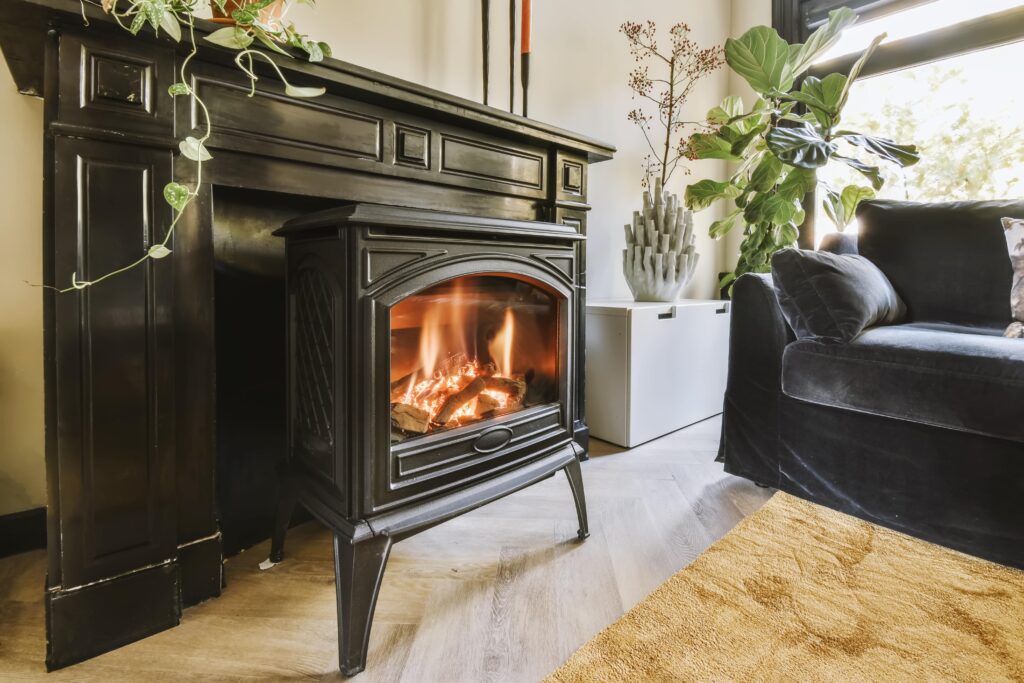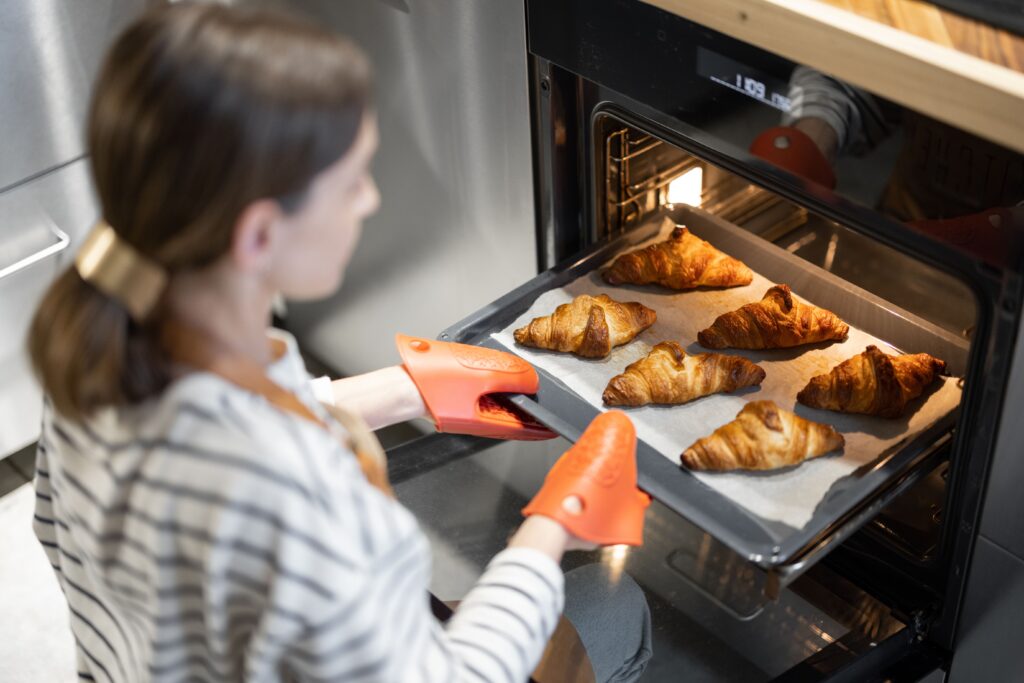
A fireplace is more than just a source of heat; it is a gathering place, a focal point of design, and a soothing element in any living space. With a multitude of styles, types, and fuel options available, buying a fireplace can feel overwhelming. This blog post aims to guide you through the essential aspects of choosing the perfect fireplace for your home. Whether you’re renovating, building anew, or simply replacing an old unit, this comprehensive guide will facilitate an informed purchasing decision.
Table of Contents
- Introduction
- Types of Fireplaces
- 2.1 Wood-Burning Fireplaces
- 2.2 Gas Fireplaces
- 2.3 Electric Fireplaces
- 2.4 Pellet Stoves
- Factors to Consider When Buying
- 3.1 Size and Space
- 3.2 Fuel Type
- 3.3 Efficiency
- 3.4 Aesthetic Appeal
- 3.5 Installation Cost
- Benefits of Having a Fireplace
- Frequently Asked Questions (FAQs)
- Conclusion
Types of Fireplaces
Before diving into the details of purchasing a fireplace, it’s important to understand the various types available on the market:
2.1 Wood-Burning Fireplaces
Wood-burning fireplaces are the traditional option. They offer a rustic charm that many homeowners find appealing. They can be built as open hearths or as inserts in an existing chimney.
Pros:
- Authentic ambiance with real flames
- Wood provides a renewable energy source
Cons:
- Requires a chimney and frequent cleaning
- Time-consuming fuel sourcing
2.2 Gas Fireplaces
Gas fireplaces are a convenient choice as they can be installed almost anywhere and do not require traditional venting systems.
Pros:
- Easy to operate and maintain
- Cleaner-burning than wood
Cons:
- Higher installation costs for venting systems
- Dependency on gas lines
2.3 Electric Fireplaces
Electric fireplaces are powered by electricity and can be plugged in or hardwired. They often mimic the look of real flames.
Pros:
- No need for venting
- Safe and very easy to install
Cons:
- Less authentic feel than wood or gas
- Cost of electricity may add up
2.4 Pellet Stoves
Pellet stoves burn small pellets made from compressed wood waste. They require a bit more maintenance but offer high efficiency.
Pros:
- Highly efficient with low emissions
- Takes up less space than traditional stoves
Cons:
- Requires electricity to operate the feeder
- Pellet sourcing may be limited
Factors to Consider When Buying
3.1 Size and Space
Choosing the right size fireplace for your room is crucial. Overly large units can overwhelm a small space, while overly small units may not heat adequately.
| Room Size (sq ft) | Fireplace Size (BTU/hr) |
|---|---|
| 200 – 400 | 20,000 – 30,000 |
| 400 – 800 | 30,000 – 50,000 |
| 800 + | 50,000 + |
3.2 Fuel Type
Selecting the right fuel type influences heating efficiency, installation cost, and environmental impact. Consider what is available in your area and what fits your lifestyle best.
3.3 Efficiency
Fireplace efficiency is measured in Annual Fuel Utilization Efficiency (AFUE) ratings for gas systems or EPA ratings for wood-burning systems. A higher rating indicates better performance.
3.4 Aesthetic Appeal
Fireplaces are essential design elements in a home. Consider the material (stone, brick, tile), style (traditional, contemporary, rustic), and color that will blend seamlessly with your home décor.
3.5 Installation Cost
Installation costs can vary significantly depending on the type of fireplace and existing home structure. Always opt for a licensed installer to ensure safety and code compliance.
Benefits of Having a Fireplace
- Comfort and Warmth: Fireplaces provide a cozy atmosphere, enhancing the comfort of your home.
- Energy Savings: A fireplace can serve as a supplementary heating source, saving you on utility bills.
- Home Value: A fireplace can increase the resale value of your home, appealing to prospective buyers.
- Aesthetic Appeal: Fireplaces serve as beautiful focal points, elevating the aesthetic of your living area.
Frequently Asked Questions (FAQs)
Q1: Do gas fireplaces need ventilation?
A1: Yes, most gas fireplaces require proper venting to ensure safe operation and to allow combustion gases to escape. Some ventless models are available but may have limitations regarding their use.
Q2: How often should I clean my fireplace?
A2: Wood-burning fireplaces should be cleaned and inspected annually, while gas and electric fireplaces typically require less frequent maintenance. However, you should always follow the manufacturer’s recommendations.
Q3: Can I install a fireplace myself?
A3: It is generally advisable to hire a professional for fireplace installation, especially for gas or wood-burning models, to ensure adherence to local building codes and safety standards.
Q4: What are the legal requirements for fireplaces?
A4: Local safety codes govern building and safety standards. Always check with your local authorities for regulations regarding combustion appliances and flue installations.
Choosing the right fireplace extends beyond mere aesthetics; it’s about comfort, efficiency, and long-term investment. By understanding the different types of fireplaces, considering essential buying factors, and keeping your needs and preferences in mind, you can confidently select a fireplace that will enhance your home for years to come. As you navigate your options, utilize this guide for a smooth purchasing experience, and before you know it, you will be cozying up to the warm glow of your new fireplace.
Looking to Buy Fireplace? Check out our wide selection at Fireplaces And Stoves today! Find the perfect fireplace to warm up your home this winter.


